Taking time off from work is necessary for maintaining a healthy work-life balance. Whether you need a break for personal reasons, health concerns, or simply to recharge, knowing how to request a day off professionally and effectively is crucial. In this guide, we’ll go through the best practices for requesting or how to ask for a day off, the different methods you can use, and examples of well-crafted requests.
1. Understand Your Company’s Time-Off Policies
Before even thinking about submitting a request, and before deciding to ask for a day off it’s essential to be familiar with your company’s official time-off policies. Every organization operates differently, and failing to adhere to specific guidelines might result in your request being denied—or worse, seen as unprofessional.
What to Look For in the Policy:
- Notice Period Requirements: Many companies require employees to give notice a certain number of days or weeks in advance. For example, some workplaces may ask for at least two weeks’ notice for personal days, while emergencies might have more flexible rules.
- Blackout Dates: Certain periods, like fiscal year-end for finance teams or peak retail seasons (e.g., Black Friday), might be off-limits for time-off requests. Understanding when these periods occur will help you avoid requesting time off during critical times.
- Accumulated Leave or PTO Balances: Some companies allow you to accrue paid time off (PTO), while others provide a fixed number of days per year. Make sure you have enough leave balance before submitting a request.
- Sick Leave vs. Personal Leave: It’s also essential to know how your company differentiates between types of leave. Sick leave might require a doctor’s note, while personal leave might need more advance notice.
Example:
If your company requires two weeks’ notice for personal days, but you submit a request only three days ahead, there’s a good chance it will be declined, unless it’s an emergency. On the other hand, understanding these policies allows you to plan better and ensures your requests are more likely to be approved.
2. Time Your Request Appropriately
Timing isn’t just about giving notice—it’s also about being strategic regarding when you ask. Even if you’re entitled to time off, requesting it during a busy project or when multiple coworkers are already out can lead to complications.
Factors to Consider When Timing Your Request:
- Project Deadlines and Deliverables: Are there any major deadlines approaching? If your absence could delay a project, consider postponing your day off or at least ensuring that your tasks are completed beforehand.
- Coworkers’ Schedules: If you’re part of a team, check if other colleagues have requested time off around the same dates. If multiple people are out, your manager might have to deny some requests to maintain workflow.
- Company Events or Important Meetings: Avoid asking for time off during important meetings, presentations, or company-wide events. If you have an unavoidable conflict, explain this clearly in your request.
Example:
Imagine you’re a marketing coordinator, and your team has a big product launch scheduled for the same week you want to take off. Instead of requesting time off during that week, consider adjusting your plans or offering to work ahead to ensure nothing falls behind.
3. Decide on the Best Communication Method
The method you choose to request time off can depend on your workplace culture and the formality of your organization. While some companies prefer written requests through email or HR portals, others may be more casual and accept verbal requests.
Communication Methods Explained:
- Formal Email Requests: Ideal for corporate or professional settings where formal communication is the norm. A well-crafted email provides a written record of your request and shows professionalism.
- In-Person or Verbal Requests: More suitable for smaller companies, startups, or when you have a close working relationship with your manager. However, always follow up with a written confirmation.
- HR Portals or Software: Many companies use systems like Workday, BambooHR, or internal portals to manage time-off requests. Follow the steps in the system, and if needed, notify your manager separately.
- Text or Instant Messaging Apps: In more relaxed workplaces or for last-minute requests, a quick message via Slack, Teams, or even text may suffice. However, it’s best to gauge what’s appropriate for your environment.
Example Email Request:
Subject: Request for Personal Day Off on [Date]
Dear [Manager’s Name],
I hope you’re doing well. I am writing to formally ask for a day off on [specific date] due to [brief reason, e.g., a family commitment]. I have reviewed the team’s schedule, and it appears my absence won’t overlap with any major deadlines. I will ensure that all my tasks are completed beforehand and will coordinate with [coworker’s name] to cover any urgent matters.
Please let me know if this works for you or if there’s a better time for me to take the day off.
Thank you for considering my request.
Best regards,
[Your Name]
4. Provide a Clear (But Professional) Reason for Your Request
While it’s not always necessary to give a detailed explanation for why you’re requesting time off, offering a brief, professional reason can help managers understand the importance of your request. However, how much detail you provide will depend on your relationship with your manager and the culture of your workplace.
When to Provide a Reason:
- For Planned Events: Things like vacations, weddings, or family events often warrant a brief explanation.
- For Medical Reasons: A simple statement like, “I have a medical appointment,” suffices. More personal medical issues can be kept private, though you might need a doctor’s note for extended absences.
- For Mental Health Days: More workplaces are becoming supportive of mental health. You can simply say, “I need a personal day to recharge.”
- For Emergencies: Emergencies (family crises, unexpected situations) generally require less explanation but might need to be followed up with documentation depending on the company policy.
Example Scenarios:
- Personal Day: I’d like to request a personal day on Friday to attend a family event.
- Medical Appointment: I have a medical appointment that I can’t reschedule and would need to take the afternoon off.
- Mental Health Day: I’m feeling overwhelmed and would appreciate a day off to reset and return more focused.
5. Show Responsibility by Offering Solutions
If your absence could disrupt workflow, it’s essential to demonstrate responsibility by offering solutions. This shows your manager that you’ve considered the impact of your absence and are proactive in ensuring everything runs smoothly in your absence.
Ways to Mitigate the Impact of Your Absence:
- Complete Work Ahead of Time: Let your manager know you’ll finish important tasks before your time off.
- Delegate Tasks to Colleagues: Coordinate with coworkers to cover your responsibilities.
- Offer to Be Reachable (If Appropriate): While this isn’t always expected, for critical roles, you might offer to check in on urgent matters.
Example:
I’ve ensured that all my deliverables will be completed before I take the day off. I’ve also briefed [coworker’s name] on any potential issues that might arise while I’m away. However, if something urgent comes up, I’ll be available via email.
6. Be Prepared for a “No” and Handle Rejection Professionally
Even if you follow every guideline, there’s always the possibility that your request might be denied, especially if it conflicts with business needs. How you respond to a denial can affect your professional reputation.
How to Handle Rejection:
- Stay Professional: Thank your manager for considering your request, even if it wasn’t approved.
- Ask for Alternatives: If your initial request is denied, inquire if there’s another time that would be more convenient.
- Reflect and Adjust Future Requests: If your request was denied because of short notice, workload issues, or other preventable reasons, learn from the situation and adjust your approach next time.
Example of a Professional Response to a Denial:
Thank you for considering my request. I understand that my absence might not be possible on [specific date] due to the team’s workload. Could we discuss alternative dates when my time off would be more convenient?
7. Confirm and Follow Up After Approval
Once your time-off request is approved, it’s essential to confirm the details to avoid any miscommunication. This also gives you a chance to reiterate how you’re preparing for your absence.
How to Confirm:
- Send a Follow-Up Email: Restate the approved date and how you plan to manage your responsibilities.
- Update Calendars and Teams: Make sure your time off is reflected in any shared calendars or project management tools.
Example Follow-Up Email:
Thank you for approving my request for a day off on [specific date]. I’ll ensure all my tasks are completed before my absence and have coordinated with [coworker’s name] to handle any urgent issues. Please let me know if anything changes before then.
FAQ: Common Questions About Requesting a Day Off
Even after understanding the basics of how to ask for a day off, you might still have some lingering questions about specific scenarios or workplace nuances. This FAQ section addresses those unique situations and offers practical advice to help you navigate them effectively.
1. What if I need to request time off at the last minute due to an emergency?
Emergencies happen, and most employers understand that. The key is to communicate as soon as possible and be honest about the situation.
How to Handle It:
- Notify your manager immediately via phone call or text—whatever is the quickest and most direct method.
- Be brief but clear about the nature of the emergency without oversharing personal details.
- Offer to provide documentation if applicable (e.g., a doctor’s note, proof of emergency).
Example Message:
Hi [Manager’s Name], I wanted to let you know I’m dealing with an unexpected family emergency and won’t be able to come to work today. I’ll update you as soon as possible and will make sure to catch up on any missed work when I return.
2. Can my employer deny my request for time off even if I have PTO available?
Yes, your employer can deny your request even if you have accrued PTO. Having PTO means you are entitled to paid time off, but it doesn’t guarantee approval for specific dates. Employers have the right to approve or deny requests based on business needs, staffing shortages, or other operational concerns.
Tips to Avoid Denials:
- Request time off well in advance.
- Avoid peak busy periods or known blackout dates.
- Be flexible and open to rescheduling if needed.
3. Is it acceptable to request a day off for mental health reasons?
Absolutely. Many companies are increasingly recognizing the importance of mental health. Just like physical health, mental well-being is crucial for job performance and overall life balance.
How to Approach It:
- You don’t have to disclose specifics. A simple, professional statement is enough.
Example:
I’d like to request a personal day to recharge and focus on my well-being.
If your workplace is supportive, you can be more open, but there’s no obligation to go into detail.
4. What if my manager forgets about my approved day off?
Miscommunication can happen, especially in busy work environments. To prevent this:
Steps to Take:
- Send a reminder a few days before your scheduled day off.
- Document everything: Keep email confirmations or calendar invites to reference if needed.
- Use shared calendars or project management tools where time off is visible to the team.
Example Reminder:
Just a quick reminder that I’ll be out of the office on [date] as previously approved. Let me know if there’s anything urgent you’d like me to address before then!
5. Do I need to find someone to cover my shift if I’m taking time off?
This depends on your workplace. In industries like retail, hospitality, or healthcare, it’s often expected that employees find coverage for their shifts. In office settings, it might not be required but offering solutions can demonstrate responsibility.
What to Do:
- Check your company’s policy or ask your manager directly.
- If needed, coordinate with coworkers to swap shifts or cover responsibilities.
Example:
I’ve arranged with [Coworker’s Name] to cover my shift on [date]. I’ll make sure everything is in order before then.
6. How far in advance should I request time off?
The appropriate notice period varies by company, but a good rule of thumb is:
- For personal days or vacations: At least 2-4 weeks in advance.
- For medical appointments: 1-2 weeks if planned, or as soon as possible for last-minute appointments.
- For emergencies: Immediately upon knowing you’ll be absent.
Check your employee handbook for specific guidelines, as some companies have formal requirements.
7. Can I request a day off during my probation period?
While it’s not ideal to request time off during a probation period (typically the first 3-6 months of employment), life happens. If the request is unavoidable, be honest and professional.
How to Approach It:
- Be transparent about why you need the time off.
- Acknowledge your probation status and express commitment to your role.
Example:
I understand I’m still in my probation period, but I have a prior commitment on [date] that I cannot reschedule. I will ensure that all my work is up to date before that day. I appreciate your understanding.
8. Can I take unpaid time off if I’ve used all my PTO?
Yes, many employers allow unpaid time off, but this typically requires approval and might be subject to stricter guidelines.
How to Request Unpaid Leave:
- Explain why you need additional time off.
- Acknowledge that it will be unpaid and express gratitude for the consideration.
Example:
I’ve used my available PTO, but I would like to request an additional unpaid day off on [date] for [reason]. I will ensure my responsibilities are managed during my absence. Please let me know if this is possible.
9. What if I get sick during a scheduled day off? Can I convert it to sick leave?
This depends on your company’s policy. Some workplaces allow you to convert a PTO day to sick leave if you provide documentation (e.g., a doctor’s note). However, others may not, as the day off was pre-approved as personal time.
What to Do:
- Check your company’s sick leave policy and discuss with HR.
- Provide any necessary documentation if required.
10. Can I ask for multiple consecutive days off?
Yes, but longer requests might require more planning and notice. The more days you request, the more you’ll need to ensure your absence won’t disrupt operations.
Tips for Longer Requests:
- Submit requests as early as possible—even months in advance for extended vacations.
- Offer to complete major projects ahead of time or work longer hours before your time off.
- Communicate clearly with your manager about how your work will be handled.
Example:
I’d like to request time off from [start date] to [end date] for a planned vacation. I will ensure that all projects are on track before my absence, and I’ll coordinate with [coworker] to cover any urgent matters.
11. What if my time-off request gets approved, but later my manager asks me to cancel?
While rare, situations may arise where business needs force a reconsideration of approved time off. How you respond depends on the urgency of your personal plans and the flexibility of your situation.
How to Handle It:
- Assess your flexibility: If your plans are flexible, consider accommodating your manager’s request.
- Communicate clearly: If your plans are non-negotiable (e.g., non-refundable travel), explain the situation respectfully.
- Seek compromise: See if you can adjust part of your plans or offer alternative solutions.
Example Response:
I understand the urgency of the situation. Unfortunately, I have non-refundable commitments that I can’t change, but I’d be happy to assist in preparing the team before I leave. Let me know how I can help.
12. Can I request a day off without using PTO?
Yes, depending on your company’s policies. Some workplaces allow employees to take unpaid personal days or offer flex time where you work extra hours beforehand to “bank” time off.
Options to Explore:
- Unpaid Leave: Request a day off without pay if PTO is exhausted.
- Flexible Scheduling: Adjust your work schedule to make up for the day off.
Example:
I’d like to ask for a day off on [date], and I’m open to it being unpaid if needed. Alternatively, I’m happy to work extra hours earlier in the week to make up for the time.
13. Can I request time off for religious or cultural reasons?
Yes, most workplaces are required to accommodate religious or cultural observances, as long as it doesn’t create an undue hardship for the company.
What to Do:
- Notify your employer as early as possible about religious holidays or cultural events.
- Be respectful and professional when making the request.
Example:
I’d like to ask for a day off on [date] to observe [religious or cultural event]. I’ll ensure all my responsibilities are handled before my absence.
Final Thoughts
While requesting od deciding to ask for a day off or time off can sometimes feel tricky, clear communication, respect for workplace policies, and proactive planning make the process much smoother. Understanding the nuances of different scenarios ensures you’re prepared for any situation, whether it’s an emergency, a vacation, or a mental health day. Always aim to be transparent, professional, and considerate of your team’s needs while prioritizing your own well-being.


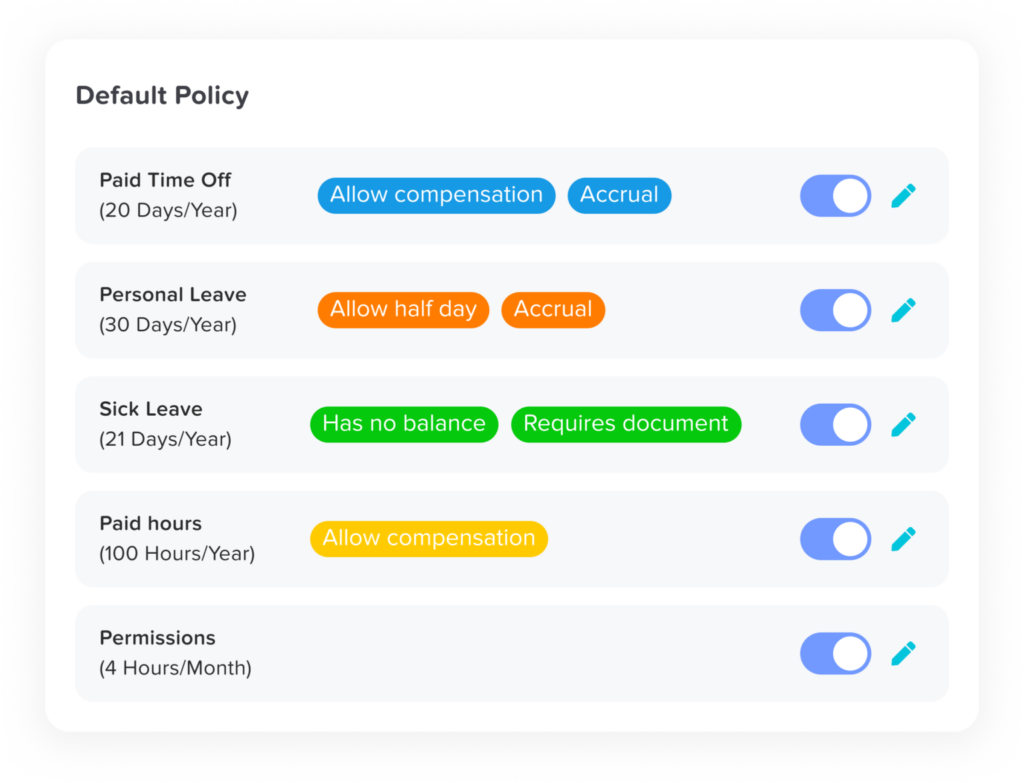
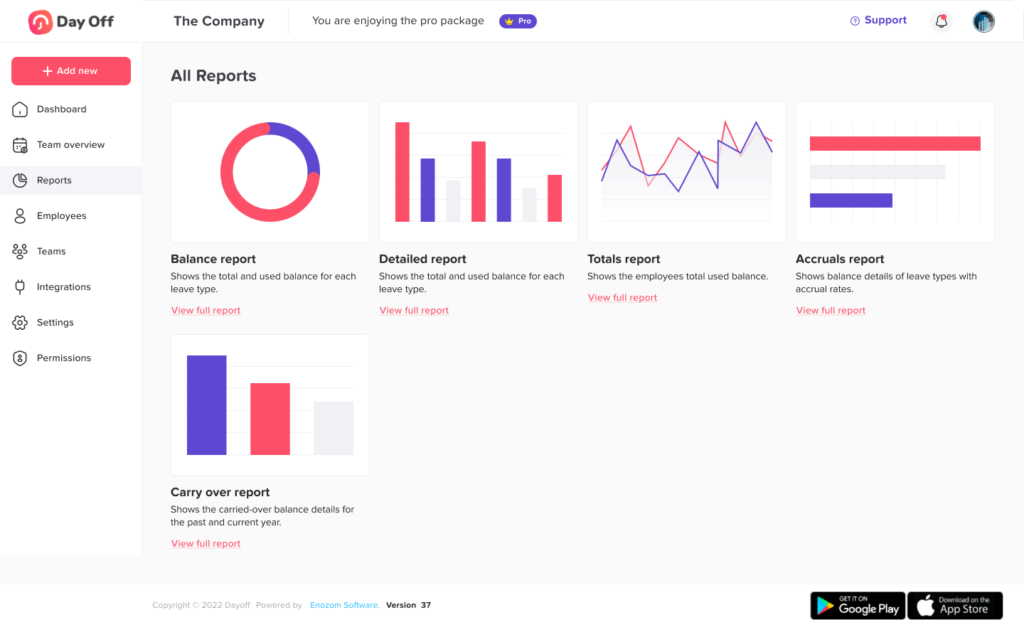
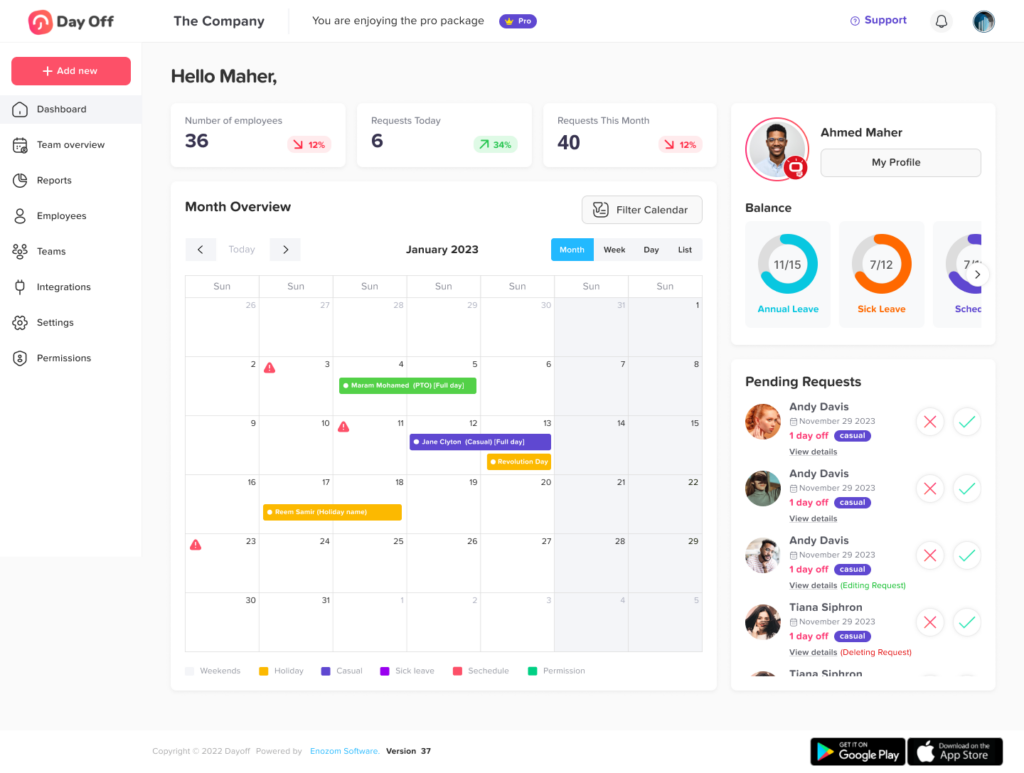
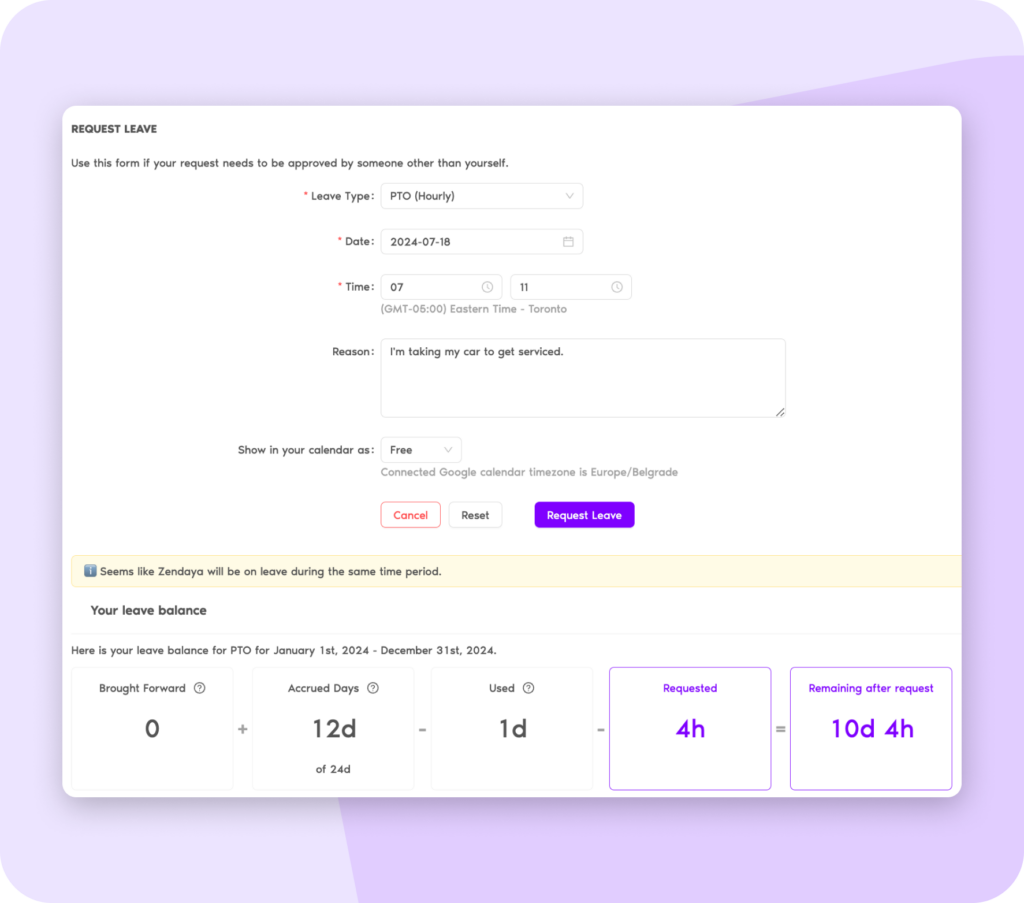

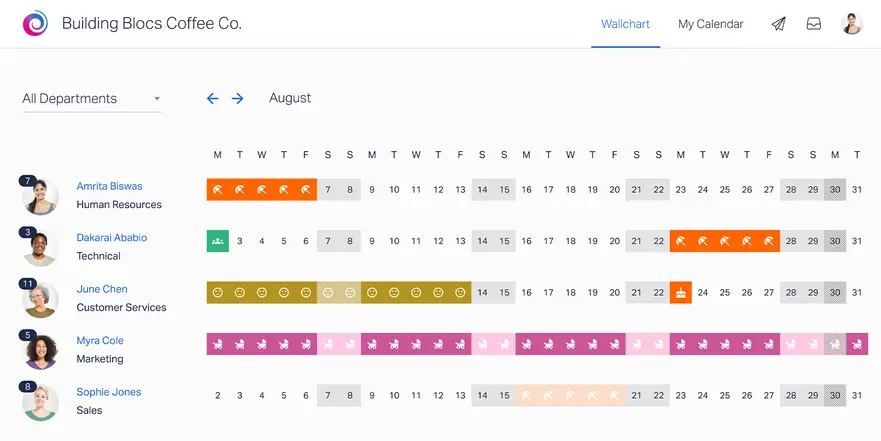









 Provides businesses with specialized skills on demand without long-term costs.
Provides businesses with specialized skills on demand without long-term costs. Workers do not receive traditional employee benefits, such as paid leave or health insurance.
Workers do not receive traditional employee benefits, such as paid leave or health insurance.